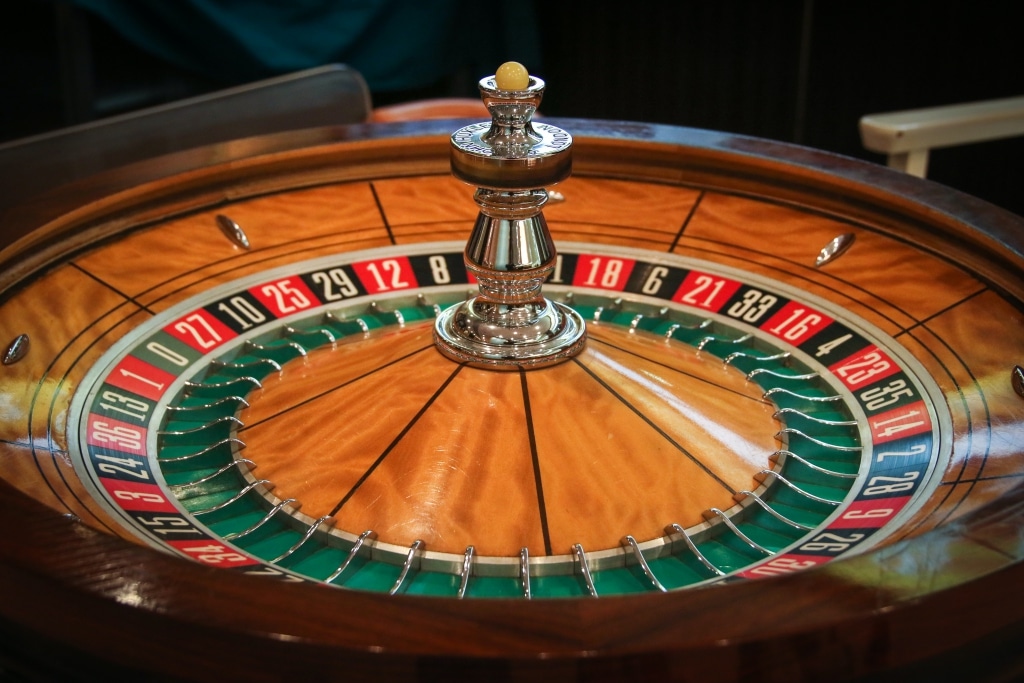My first invention
My first job out of college was at McDonnell Aircraft in St. Louis. At the time, we made military fighter jets: the F-15, F-18, and Harrier AV-8B. I was assigned to a little research group exploring different ways to use thermoplastic composites. It was there that I had my first “invention.” I wrote up a nice description with several drawings, and I submitted my invention disclosure to my manager. After a few days, something came back from a patent attorney saying that the invention was rejected.

I went to meet the patent attorney. His office was in the basement of one of the enormous airplane factory buildings, in a dark, damp, poorly lit corner. He was an older, plump, disheveled, balding man with thick, dirty glasses and a wrinkled shirt and stained tie. This was my first experience with a real patent attorney. I was honored to be there.
I tried to make my case for my invention, explaining with great fervor how cool the idea was and that maybe, someday, I could get some research money assigned to a project where I could try to make the product. He had heard this thing before, and patiently waited me out.
He said that for every 10 invention disclosures he gets, one out of ten get selected for patenting. For every one out of ten that are submitted to the patent office, one out of ten are granted as a patent. Of those granted patents, one out of ten actually makes money. But that one that makes money — pays for all the others ten times over.
The patent attorney’s statistics are not even close to reality, but the concept is spot on. The one patent that makes money pays for all the others ten times over. This speaks to the lottery ticket quality of patents. Those that make money, make real money, no matter how expensive patents cost.
The upside potential of these assets is enticing.
But that is also why 95% of all patents are worthless. They are almost always long-shot lottery tickets that rarely pay off.
BlueIron came out of a desire to reverse engineer the patent system. I wanted to figure out how the system worked, then figure out how to create patents that were those 5% that had real value.
What I have learned over the last 20+ years as a patent practitioner: the patent system is broken, but not in the way you think it is.
Much of what I learned is in my book, “Investing In Patents.”